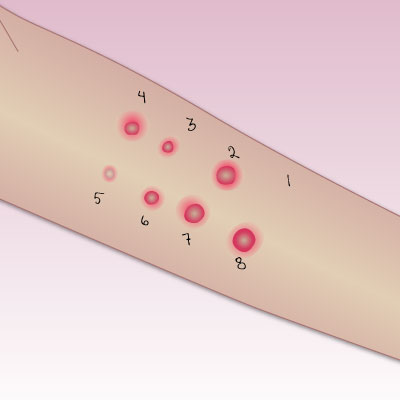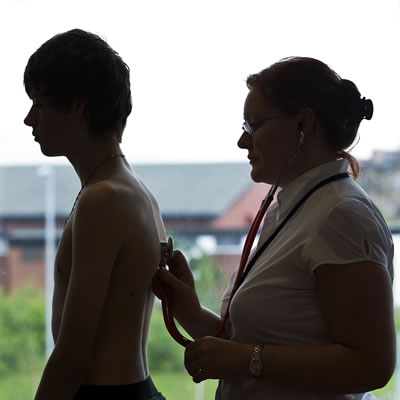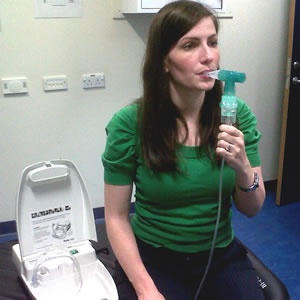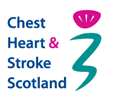
Skin prick test showing reactions
You will be asked to stop using your antihistamine to allow for more accurate response.
Avoid using perfumes, soaps, body wash or cream on area which will be tested most likely forearms.
Your skin will be marked with the various allergens. A drop of each allergen is placed at the marked areas.
There will also be a control substance used to make sure the test has worked, a positive (histamine) causing a reaction in everyone and a negative (saline) which should cause no reaction.
Lancets are used which are a very small aid to give a slight scratch to the surface of the skin to allow some of the solution under the skin.
- This should not be painful and should not bleed.
- These solutions will be left on the skin for 10-15 minutes then measurements will be made and recorded.
The skin around the solutions may become itchy don’t scratch. It may also become red and swollen this is inflammation. There may be a raised bump called a wheal which is very like a nettle sting.
Once the test is over and measurement of any wheal has been taken, the area is washed dried and some steroid cream is applied to help calm the inflammation.
A dressing is put on to allow the cream to soak into the skin and not be rubbed off. You can remove the dressing after 15-30 minutes.













